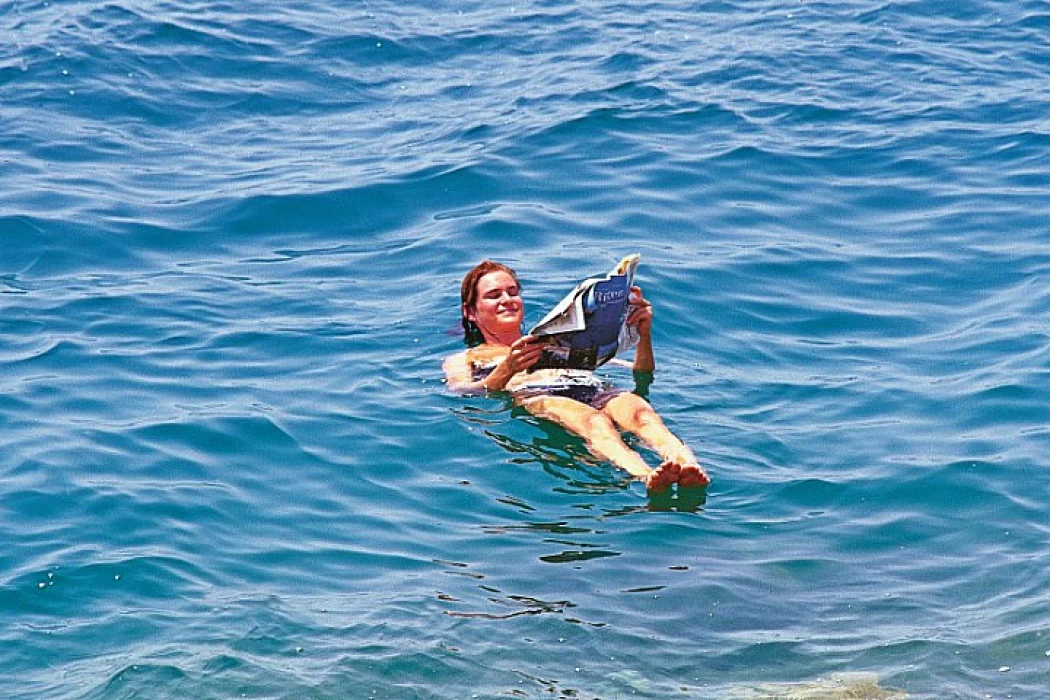
The Dead Sea - Visit Jordan
The Dead Sea
The Dead Sea is situated between two tectonic plates. These plates are part of the fault chain known as the Dead Sea Fault, where the Dead Sea is formed by the interference between the slides of these plates, which constitutes an active fault that maintains two stocks of salts: Lissan Diabere and Cedar Diabere, the main cause of extreme salinity in the Dead Sea.
The Dead Sea is 85 kilometres long and 15 kilometres wide and seven hundred metres wide. Its surface is 392 below the Mediterranean and the Dead Sea's total area is approximately 945 square kilometres. Its deepest depth is 401 metres, divided by the peninsula into two uneven parts. The southern part is a salty swamp and is 6 to 8 metres deep.
Several studies have demonstrated the effectiveness of Dead Sea Mud in treating a variety of illnesses, including back pain and skin conditions. In this case, pain relief and reduction of swelling were achieved using it. Some of these are the following health advantages:
Enhancing symptoms of psoriasis: It is advised to use dead sea clay on the skin affected by psoriasis since this has been shown to provide relief from its symptoms considering that it has high levels of sodium chloride and other chemical compounds. Reduce the amount of pollutants on your face: Dead sea clay masks operate by washing away excess dead skin without adding salt or magnesium, which improves the suppleness and health of your skin. alleviate the signs and symptoms of rheumatic illnesses including arthritis. Reduce the intensity of lower back discomfort.














